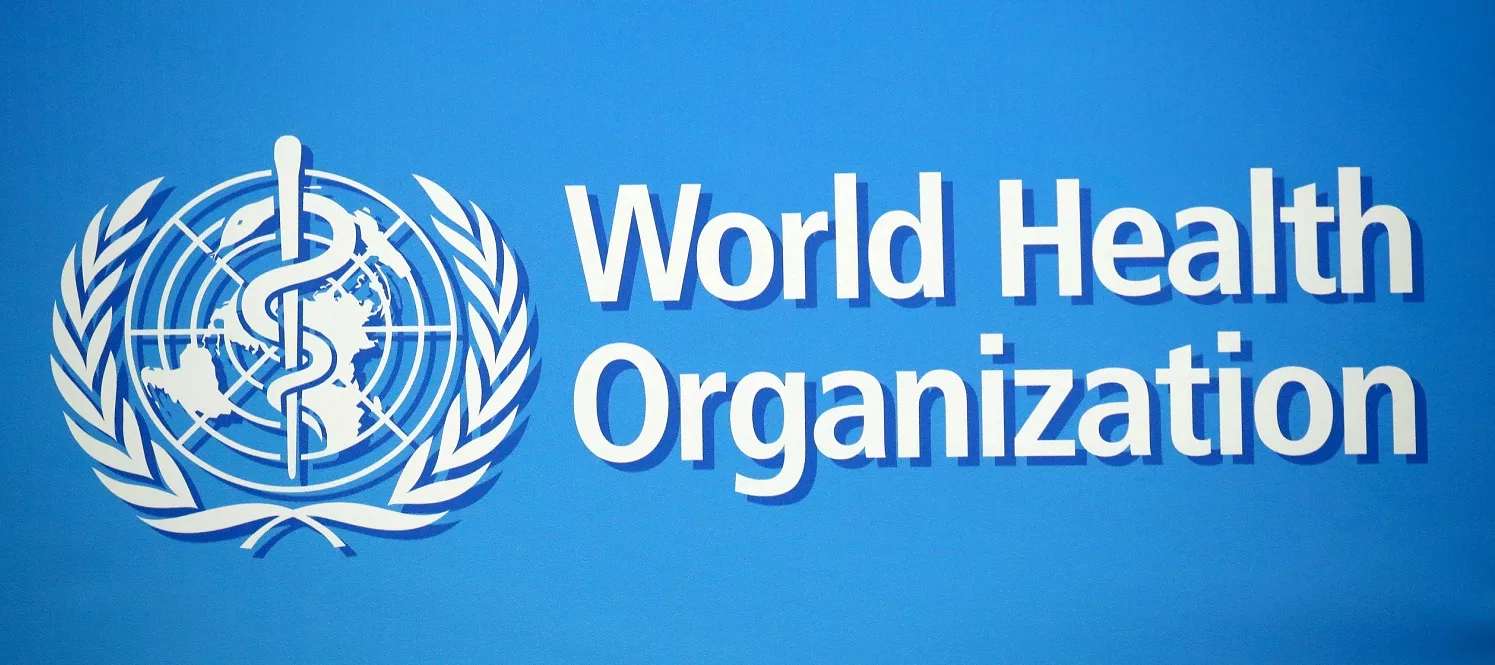Analyzing Chase Freedom's 2024 Categories: Did Pet Shops and McDonald's Really Fuel Travel Rewards?
Looking back at the final quarter of 2024 for the Chase Freedom cards, the bonus categories presented a specific landscape for earning points. Cardholders who activated their offers were set to earn 5x points on up to $1500 in spending across McDonald's, PayPal, pet shops, vet services, and select charities. This mix certainly offered distinct avenues for accumulation. PayPal provided a broad online spending option, while McDonald's tapped into frequent, though typically lower-dollar, transactions. The addition of pet care and specific charitable donations catered to particular spending habits, useful if they aligned with what you were planning to spend anyway during that three-month window. The challenge for those focused on travel rewards with these cards is always evaluating how readily these specific categories enable hitting the $1500 cap, and ultimately, whether the resulting points significantly advance progress towards a trip. A maximum of 7,500 bonus points from these categories for the quarter is a decent step, but its impact on booking a flight or hotel depends heavily on one's spending patterns within those fairly defined areas. It was a quarter that rewarded specific types of spending rather than broad categories like gas or groceries, which often make hitting the spend threshold easier for many.
Shifting focus to the closing months of 2024, an examination of the Chase Freedom bonus category structure for the fourth quarter reveals a distinct strategic selection by the issuer. Covering the period from October through December, the categories announced centered primarily around PayPal, McDonald's, Pet Shops and Vet Services, and certain Select Charities. This combination presented an interesting mix of potentially high-volume, low-margin transaction environments alongside specific, less frequent expenditure points. The inclusion of PayPal was arguably the most broadly applicable, given its pervasive integration across online retail. This likely served as a foundational element for earning within the quarter.
In contrast, the designation of McDonald's as a specific merchant category felt somewhat idiosyncratic for a universal bonus system, particularly when considering the typical transaction value. While potentially useful for highly frequent customers, its impact on overall earning power for most individuals appears limited unless coupled with high-frequency, low-dollar purchases. The Pet Shops and Vet Services category addressed a significant but defined segment of consumer spending. For those without pets, this entire portion of the bonus structure became effectively non-earning. Similarly, the "Select Charities" category, while commendable in principle, depends entirely on the individual's philanthropic habits and whether their preferred organizations were included in the select group.
Analyzing the overall design, the $1500 cap remained consistent across the activated categories for the quarter. This structure implicitly steered potential bonus earning towards whichever categories an individual naturally spent within, or attempted to shift spend towards, up to that aggregate threshold. The mix suggests an attempt to capture different consumer profiles – the digital shopper (PayPal), the fast-food patron (McDonald's), the pet owner (Pets/Vets), and the donor (Charities). From an engineering perspective, this segmenting forces a dispersion of potential bonus spend rather than concentrating it in one large, universally applicable area, perhaps managing the total bonus liability for the issuer. The utility of the fourth quarter's selection thus appears highly contingent on individual spending patterns during that specific timeframe.
What else is in this post?
The real question, often overlooked, is how well these specific, sometimes narrow, spending incentives actually translate into booking a flight or a hotel stay. Point accumulation is one thing, but its value is ultimately measured by the tangible travel it enables. With categories like the ones seen in late 2024 – pet shops or even quick service restaurants – the potential for large point hauls depends entirely on a person's very specific spending habits during that limited timeframe. Did spending on kibble or casual meals genuinely move the needle towards a dream trip, or did it simply generate a modest number of points that might sit idle? The strategy only pays off if the bonus spend aligns effortlessly with existing needs, pushing you towards meaningful travel redemptions rather than simply accumulating points for the sake of it, or worse, for less optimal cash back options. It forces a user to constantly evaluate if the effort matches the travel outcome.
Considering the merchant categories, an interesting facet lies in their geographic reach. While perhaps primarily viewed through a domestic lens, the inclusion of entities like McDonald's introduces a global dimension. Operating across over 100 international markets, this specific bonus avenue theoretically allows for point accrual even when expenditures occur outside one's home region, a consideration relevant to analyzing the universality of the earning mechanism.
Looking at the designated market segments, the pet industry's inclusion reflects a significant, growing area of consumer expenditure. Global figures for spending on pet care and products, reportedly reaching into trillions USD in 2024, highlight that this category taps into a substantial and expanding economic sector. From a structural analysis standpoint, targeting such a large, albeit specific, market segment provides a notable channel for potential bonus accumulation for a defined cardholder group.
From a transactional perspective, the integration of a payment platform like PayPal within the bonus structure offers a point of analysis beyond just the earning potential. Platforms utilizing technologies like advanced encryption and fraud detection inherently provide a layer of digital security. While the primary objective is point earning, leveraging such a method within a bonus category can be seen as incorporating a secondary benefit related to transactional safety, a technical consideration in payment processing architecture.
Examining the temporal alignment of the categories, particularly for the final quarter, the inclusion of "Select Charities" appears to coincide with known patterns in philanthropic behavior. Studies consistently indicate that December often represents a peak period for charitable donations. This strategic positioning of the category within a timeframe of increased giving frequency suggests an attempt to align the bonus opportunity with pre-existing, observed consumer activity cycles.
Ultimately, the effectiveness of earning through these diverse categories, such as fast food or pet supplies, must be evaluated by its conversion into actual travel value. Consumer spending habits on these items display considerable variance geographically and demographically. The points accumulated represent an intermediary currency whose final utility is determined by the redemption process for travel, which itself is influenced by dynamic factors like airline route availability, hotel occupancy rates, and overall market demand as of 22 May 2025. Analyzing this translation from everyday expenditure points to practical travel assets reveals a complex system where the initial earning opportunity is just one part of the equation; the final yield depends heavily on the redemption environment.
Looking back, the fourth quarter of 2024 presented cardholders with a rather distinct set of bonus opportunities, quite different from some of the earning strategies that proved more fruitful for travel rewards in prior periods. Rather than focusing on broad, everyday spending areas, this period centered on very specific merchant types. Leveraging these bonuses effectively for points required a spending alignment with places like quick-service restaurants or shops catering to pet owners. Compared to strategies utilizing categories that fit seamlessly into most people's regular budgets, making significant headway towards travel solely through these Q4 options felt challenging unless your spending habits naturally intersected heavily with these particular segments. The structure meant that accumulating points up to the maximum bonus threshold demanded deliberate effort in niche areas, potentially feeling less efficient for building a substantial travel points balance than tactics available in earlier years which might have encompassed wider consumer spending or different types of transactions.
Looking back at how earning opportunities in the final quarter of 2024 compared to alternative point accrual methods employed throughout the year, several analytical observations surface. For one, from a pure efficiency standpoint, the activation and strategic spending required to capture the maximum bonus across these particular categories necessitated a degree of mental resource allocation. Evaluating this against simpler earning structures, where rewards accrue automatically on broader spend, reveals an implicit cost associated with optimizing bonus categories – a factor often overlooked when solely focusing on the maximum potential points yield. An interesting observed phenomenon was the potential disconnect between the inflationary pressures impacting the travel sector, particularly regarding airfares and accommodation costs throughout late 2024 and into early 2025, and the price stability, or differing inflationary profiles, of goods and services within categories like pet care and quick-service restaurants. Earning points based on expenditure in segments with distinct economic dynamics relative to the targeted redemption area (travel) introduced a variable into the true yield calculation. For transactions occurring at physical merchant locations within the bonus categories – as opposed to online expenditure facilitated by platforms like PayPal – an auxiliary cost factor emerged related to transportation. Fluctuations in fuel pricing during the period subtly influenced the net value proposition of earning points via in-person visits, representing an operational overhead not present in entirely digital earning methods. From a behavioral perspective, the strategic alignment of bonus earning opportunities rooted in highly specific daily consumption patterns, such as recurring low-value food purchases or infrequent pet-related outlays, with the typically discrete, higher-value outlays associated with booking significant travel experiences presented a challenge. The linkage between accumulating points on granular, necessity-driven spending and the aspiration of funding a large, discretionary travel event remained conceptually tenuous for many, requiring a significant leap in translating micro-expenditure rewards into macro-redemption goals. A perhaps less frequently analyzed variable affecting the ultimate realized value, particularly for individuals targeting international travel redemptions, involves the implicit currency exposure. Points accumulated in one economic period (Q4 2024) for use in future travel bookings potentially denominated in or sensitive to foreign currencies faced fluctuations in exchange rates during the intervening months up to the time of booking (as of May 2025). This temporal gap between earning and redemption introduced a financial volatility factor into the equation, impacting the effective 'purchasing power' of the accumulated points for overseas travel.
Having dissected the earning potential presented by the specific bonus categories in the final quarter of 2024, it’s time to move beyond the point accrual mechanics and critically assess whether these opportunities genuinely translated into tangible progress toward actual travel goals.
Okay, let's examine some observations related to whether the bonus categories presented in the final quarter of 2024 meaningfully advanced travel aspirations for cardholders. From an analytical standpoint, evaluating the real-world impact requires looking beyond simple point accumulation to the interplay between earning behavior, travel economics, and broader trends visible as of May 2025.
* Observation 1: A notable element is the psychological dimension. Research into decision-making suggests individuals can exhibit a bias towards pursuing easily attainable, albeit smaller, rewards from frequent, low-value transactions (like quick meals) over the more significant, less frequent payouts required for complex travel redemptions. This cognitive pattern potentially diverted effort towards optimizing micro-expenditure bonuses rather than focusing purely on the most efficient path to larger travel goals. The structure inherently encouraged engagement with granular spending opportunities.
* Observation 2: The shifting landscape of travel pricing, particularly within the airline sector, introduced friction into the redemption phase. The increased prevalence of 'unbundled' airfares, where essential components like checked bags, seat assignments, and even access to overhead bin space are itemized and priced separately, fundamentally alters the effective cost of air travel. Points earned on categories like pet supplies or casual dining, while accumulating a balance, faced a moving target for redemption value as these ancillary costs often fell outside point redemption structures, increasing the overall cash required for a trip.
* Observation 3: Considering macroeconomic factors, specifically the sustained high inflation rates observed in various sectors, including travel, throughout 2025, introduced a significant variable. While point earning is based on nominal spend, the value of those points for travel redemption is directly impacted by rising fares and accommodation costs. Earning points on categories with different inflationary profiles (e.g., potentially less volatile quick-service food costs relative to highly volatile airfare) meant the purchasing power of accumulated points for travel eroded more significantly than their rate of accumulation from daily spend.
* Observation 4: A curious duality emerged: the systematic approach to maximizing points, even from seemingly mundane spending, directly supports the funding of air travel. Yet, concurrently, there is increasing data visibility into the environmental impact of air travel and a growing segment of consumer consideration towards more sustainable options. The mechanics of earning points in Q4 2024, aimed squarely at facilitating air travel redemptions, inadvertently underscored this tension between optimizing for traditional travel rewards and confronting the broader ecological implications of such travel as discussions around carbon footprint measurement became more prevalent through early 2025.
* Observation 5: Specific operational shifts within the transportation network, such as the noted capacity adjustments at key hubs like New York JFK, highlighted the dynamic nature of travel availability and cost. Disruptions or changes in route structures can lead to price volatility and availability constraints. Points earned during a static earning period in late 2024 were intended for redemption into this inherently unpredictable environment in 2025. The complexity of navigating booking options and finding availability underscored that point accumulation, while necessary, was insufficient on its own to guarantee desired travel outcomes, especially when market conditions fluctuated.











